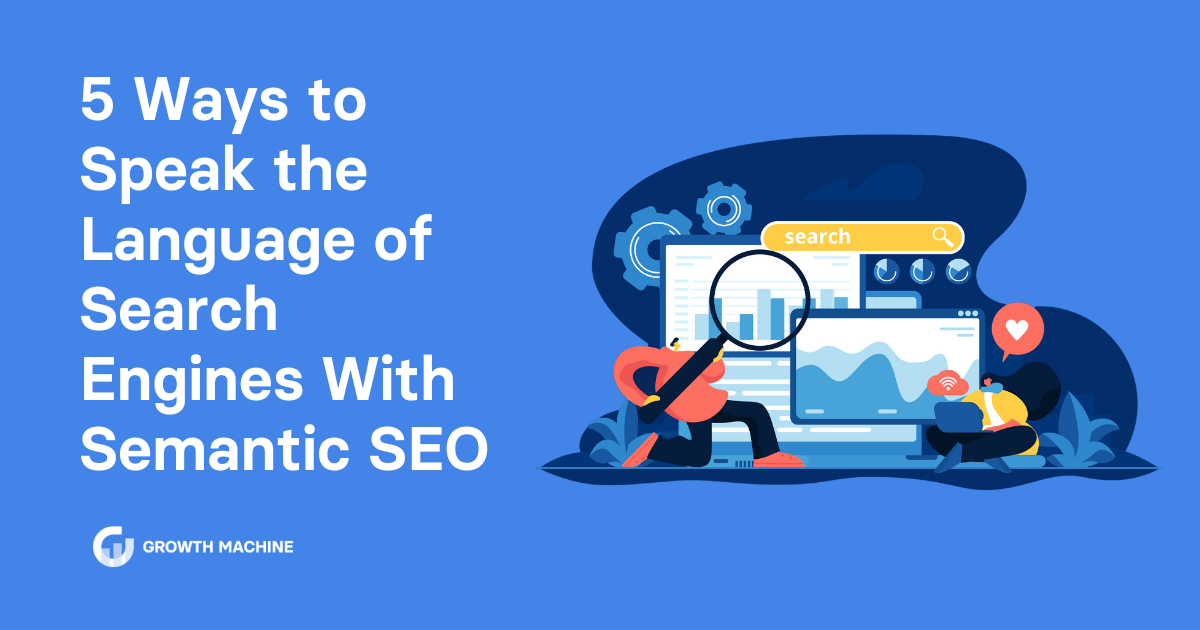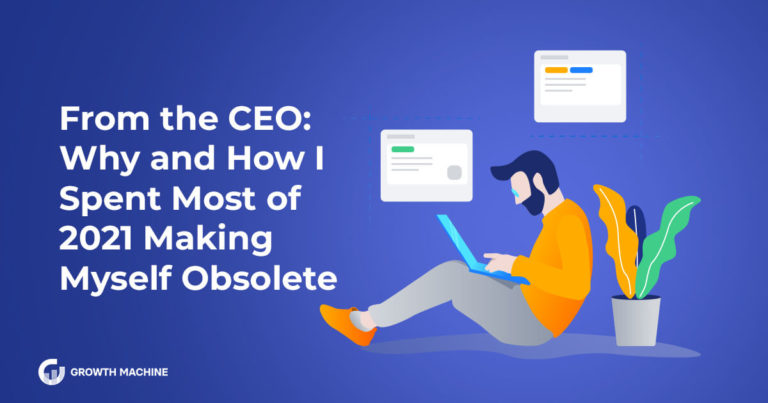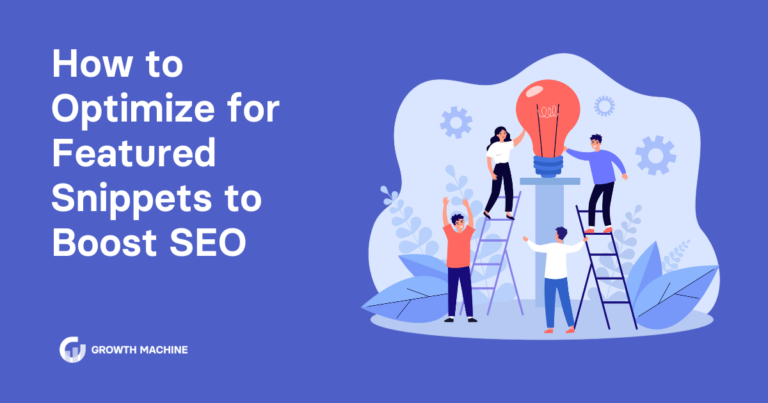5 Ways to Speak the Language of Search Engines With Semantic SEO
Search engine optimization (SEO) is the key to winning more organic traffic. But SEO success requires much more than targeting an individual keyword, crossing your fingers, and hoping it sticks. Ultimately, SEO measures how well you share meaning with the humans visiting your site, which is where semantic SEO comes into play.
Semantic SEO is a powerful approach that prioritizes the user’s search experience by understanding the context and user intent behind every search query. Instead of pumping a blog full of fluffy keywords, semantic SEO balances keyword targeting and the actual meat of your message.
The good news is that if you’re already creating high-quality content, you’re likely already doing semantic SEO in some form. Whether you want higher rankings in the search engine results pages (SERPs) or just want more traffic from your target audience, semantic SEO will get you across the finish line.
In this guide, we’ll explain semantic SEO and share five tips for creating a high-quality search experience using semantics.
What Is Semantic SEO?
Traditional SEO tells you to pick a keyword or two, sprinkle them throughout your copy, and you’ll see traffic in no time. We wish it were that simple, but it’s not. SEO requires going beyond the keywords and creating relevant content.
Since people stumble onto your site through search queries, optimizing your content for these queries provides users with more relevant results—and keeps them on your site longer.
For example, let’s say you’re writing a piece using the keyword phrase “ice cream parlors near me.” That’s a tough keyword to use naturally in the first place, and if you use it too much in the content (also known as keyword stuffing), site visitors will know it’s an obvious search engine play. They likely won’t find the content useful at all and won’t stay very long. Search engines care about the user experience, so if they notice your site has a high bounce rate, they’re less likely to rank you highly in search going forward.
Think of semantics as a holistic, content-driven approach to SEO. Instead of focusing on just keywords, you conduct semantic keyword research, which identifies related keywords that capture the essence of a topic.
For the “ice cream parlors near me” keyword, that might mean targeting relevant keywords like “local ice cream parlor” or “ice cream on Google Maps.”
Why Should I Try Semantic SEO?
Semantic SEO does require a bit more thought than writing a piece of content without a plan, but it reaps all kinds of benefits, including:
- Improved search relevance: Search engines only want to route users to the best, most relevant resources for their questions. By focusing on semantic SEO, you ensure your content aligns with what users are actually searching for.
- Better user experience: You’re creating content that addresses a broader range of search intents, leading to a more user-friendly experience that encourages users to continue interacting with you.
- Staying ahead of algorithm updates: The big, bad algorithm strikes fear into the hearts of many businesses. Search engines update their algorithms occasionally to improve the user experience, which can affect your rankings. However, applying semantic SEO techniques helps search engines better understand your content, making your site more resilient to algorithm changes.
With semantic SEO, you’re creating a richer, more thorough source of information that enhances the user experience and boosts organic traffic. It’s a win-win!
5 Ways to Use Semantic SEO Strategies
Semantic SEO is simple enough to pull off; you just need the right strategy to steadily boost your presence in search. Try these semantic SEO strategies to put semantics to work for your site.
1. Entity-Based Optimization
This might sound like jargon, but entity-based optimization is just a fancy way of saying your content recognizes the relationships between people, places, and things. For example, if your e-commerce site sells smartphones, instead of optimizing for the keyword “smartphone,” you would find relevant topic clusters related to that keyword like:
- Brand: Apple, Samsung, Google
- Model: iPhone 13, Galaxy S21, Pixel 6
- Features: OLED display, 5G connectivity, wireless charging
Or a blog about a local restaurant would include relevant search terms like:
- Cuisine Type: Italian, Chinese, Mexican
- Location: New York City, Manhattan, Times Square
- Services: Dine-in, Takeout, Delivery
- Specialties: Wood-fired pizza, Peking duck, Tacos al pastor
See the difference? With this approach, you identify a list of “entities” or ideas that help search engine crawlers and readers understand the context and relationships within your content a little better. These are the little details that not only make your content sparkle, but also share helpful, specific information with readers.
2. Natural Language Processing (NLP)
NLP is another fancy-sounding term, but it just means choosing keywords that mimic the way humans speak to search engines. For example, “near me” keywords only became a thing once users started looking for local search results on mobile devices.
With NLP, you interpret language the way people naturally speak or write. Traditional SEO would target a keyword like “chocolate chip cookie recipe,” but that’s not how real people ask questions. NLP queries would be something like “How do I make chocolate chip cookies?”, “What are the steps to bake chocolate chip cookies?”, or “Best way to bake chocolate chip cookies at home.”
Most brands add NLP semantics to their content using frequently asked questions (FAQ) sections if they don’t naturally flow with your content outline. Using NLP phrases also makes it more likely that you’ll rank for People Also Ask (also known as People Also Search For) questions or Google’s Featured Snippets, which shoots you straight to the top of the SERP.
3. Schema Markup
Schema markup is a type of structured data on your website’s HTML. It’s a back-end optimization technique that helps search engines better understand and display the content on your web pages.
With schema markup, you provide detailed information about content, like reviews, events, or products, which improves your search visibility. The benefit of this is that search engines might display your content in a more eye-catching way, like Google Knowledge Graph.
This is a part of technical SEO, so it’s best to work with a web developer or specialized tool. Tools like Semrush and Google’s Structured Data Markup Helper can help generate and validate your schema markup.
4. Semantic Keyword Research
Semantic SEO focuses on related keywords and subtopics to add more depth to your content. You’re free to do semantic keyword research solo, but SEO tools will save you a lot of time. By using keyword research tools like Semrush, Surfer SEO, or Clearscope, you can discover long-tail keywords, synonyms, and phrases that capture the essence of your content.
This helps you create more in-depth, comprehensive content that addresses multiple user queries. Over time, sprinkling in more semantic keywords can improve your search engine rankings and drive more organic traffic. The right keywords will also help with entity-based content optimization and NLP, so think of this as scoring three perks for the price of one.
5. Voice Search Optimization
Over 50% of people worldwide have used voice search. While NLP focuses on conversational queries people type into their phones, voice search optimization looks at the semantic keywords used when people speak out loud to voice assistants like Siri.
Effective voice search optimization almost always requires adding very in-depth, long-tail keywords to your content marketing strategy. Avoid fluffy or academic-style writing and stick to a more conversational tone that better lends itself to voice-style queries.
For example, instead of “Italian restaurant NYC,” voice-optimized options would be “Where is the best Italian restaurant near me?”, “Find an Italian restaurant open now in New York City,” or “What’s the best place for Italian food in Manhattan?”
Boost Topical Authority With Growth Machine
In SEO, what’s good for human searchers is also good for search engines. With semantic SEO, you’ll create click-worthy content that solves users’ biggest pain points and increases your visibility in search.
It’s possible to DIY semantic search, but it does require time and proper strategy. If you want to reap the benefits of semantic SEO without slaving over a keyboard, work with the SEO pros at Growth Machine. Our SEO experts and writers have a proven track record of optimizing SEO content for big website traffic wins. Contact Growth Machine now to put semantic SEO to work for your website.







